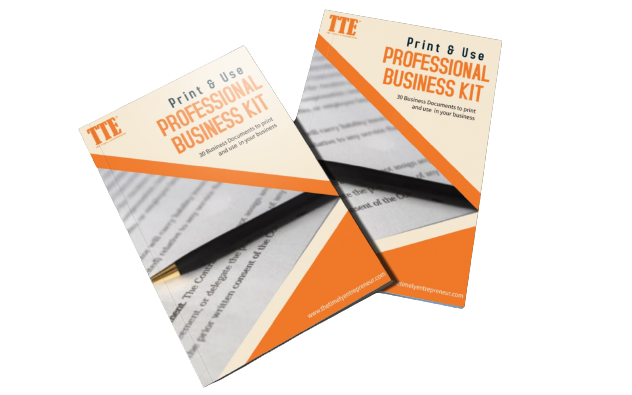
Create Scarcity, FOMO & Instant Sales
How to create scarcity, FOMO, and instant sales—even in a slow economy.
Why WhatsApp Works for Urgent Promos
– 98% open rates (vs. 20% for email)
– 45% faster replies than social media DMs
– Ideal for Caribbean markets where WhatsApp is the #1 messaging app
Pro Tip: Use these for flash sales, last-minute inventory clearance, or event reminders.
The “24-Hour Flash Sale” Script
(For: Liquidation or cash flow boosts)
[Business Name] FLASH SALE!
Today ONLY, get [Product/Service] at [X]% OFF!
Deal ends TONIGHT at [Time].
Reply ‘SALE’ to claim your discount!
WhatsApp to order.
Psychology: Scarcity + time pressure.
The “Last Few Left” Script
(For: Low-stock alerts)
Only 3 [Products] Left!
Almost sold out—grab yours before they’re all gone.
Use code ‘LASTCHANCE’ for [X]% OFF.
Reply ‘YES’ to reserve yours now!
Psychology: Scarcity + exclusivity.
The “VIP Early Access” Script
(For: Reward loyalty or pre-launch buzz)
Your VIP Invite: Shop Before Everyone Else!
As a valued customer, you get FIRST dibs on [New Product].
Starts now—public sale begins [Date].
Reply ‘VIP’ for your private link!”
Psychology: Status + reciprocity.
The “Urgent Deadline” Script
(For: Registrations, early-bird pricing)
FINAL HOURS! [Offer] ends at [Time].
Don’t miss out on [Benefit].
Last chance to save [X]$!
Reply ‘DEAL’ to secure your order now!
Psychology: Loss aversion.
The “Personalized Upsell” Script
(For: Repeat customers)
Hey [First Name]! Saw you loved [Previous Purchase].
Pair it with [Related Product] for [X]% OFF today!
Reply ‘ADD’ to upgrade your order!
Psychology: Personalization + convenience.

For Higher Conversions:
- Timing Matters: Send between 11AM–2PM or 7PM–9PM (peak WhatsApp usage).
- Use Emojis Sparingly: 3–5 per message max.
- Add Voice Notes: Personal urgency boosts trust.
- Segment Lists: Send to past buyers or engaged contacts first. – Pro-tips
